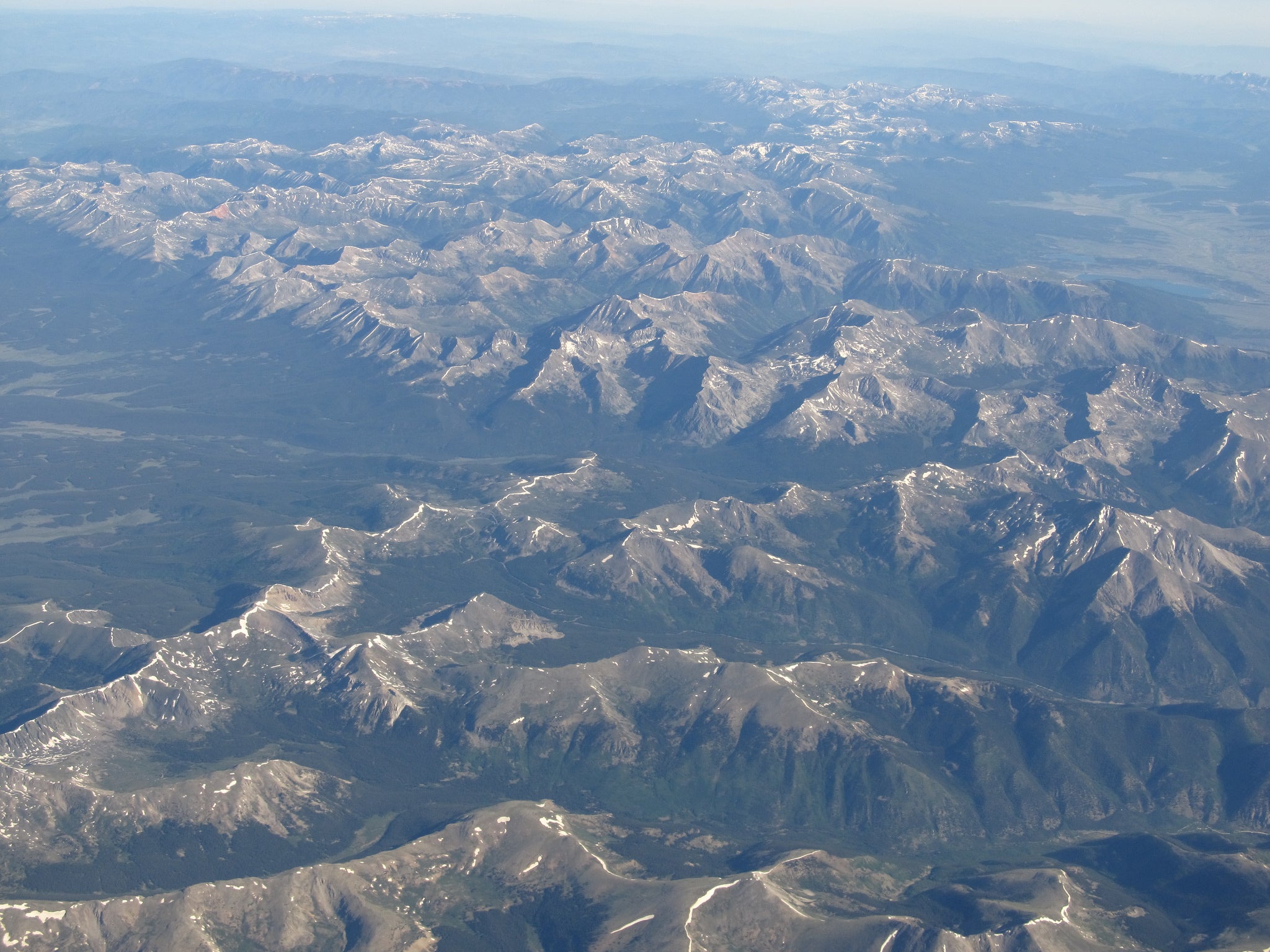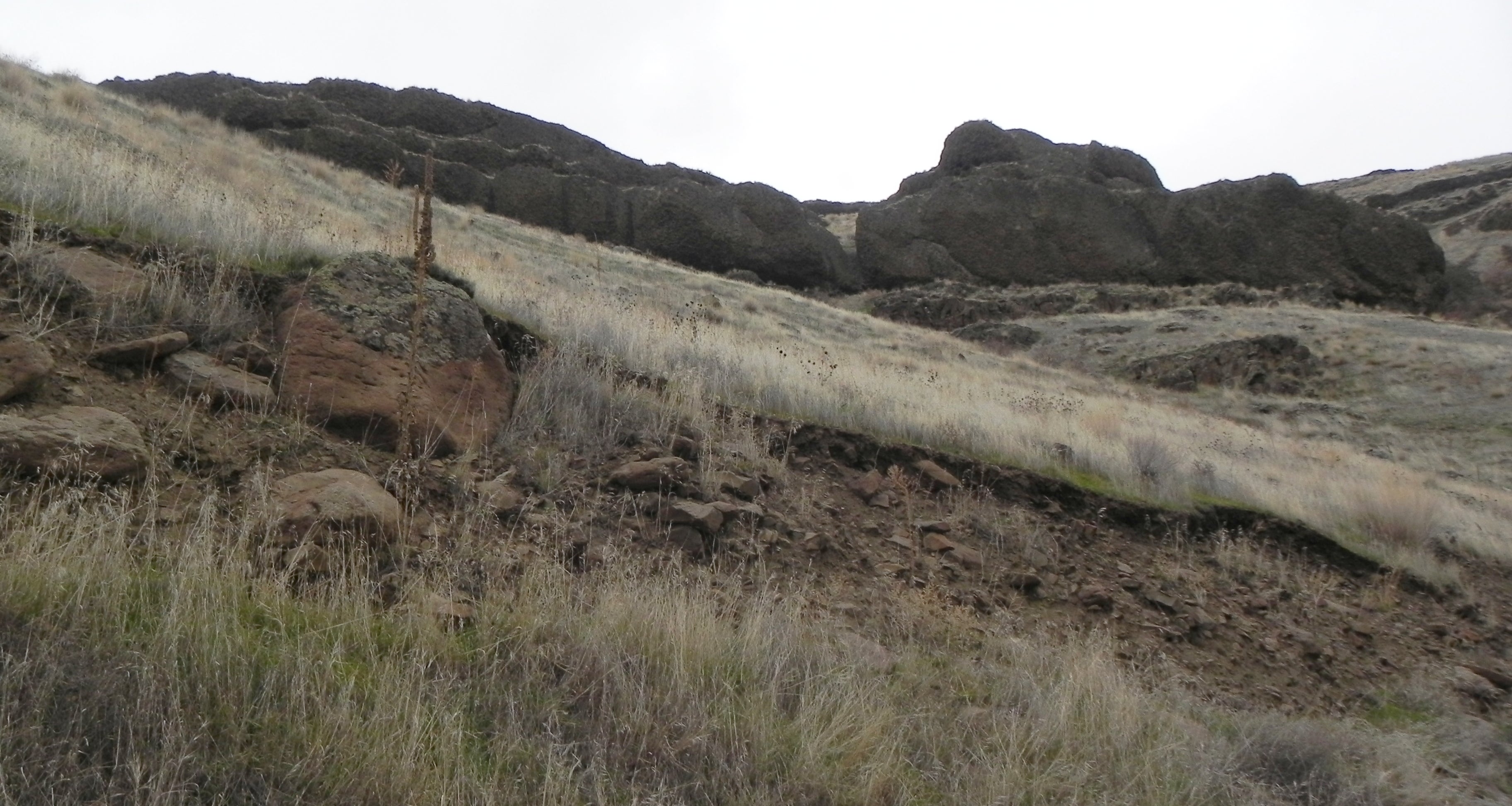The 6 Golden Rules of Hiking at Altitude
Don't know anything? Start here.
1. Stay hydratedYour body begins to sense a decrease in oxygen levels at around 5,000 feet and responds by increasing respiration and heart rates. As your body works harder, it uses water more quickly. High elevations are also less humid, so sweat evaporates faster, making it tough to gauge water loss. Hackett recommends drinking an extra 1 to 1.5 liters of water daily.
2. Skip happy hourFifty grams of alcohol, or two drinks, can depress breathing at high altitude and result in lower blood oxygen. Avoid it entirely (or at least limit your intake to no more than one drink) for the first couple of days at altitude.
3. Pack tasty grubThe type of chow you eat doesn’t make a big difference for elevations up to 12,000 feet (for higher than that, some studies suggest a high-carb diet). Getting enough calories is the most important thing. Hackett recommends taking foods that you enjoy since altitude tends to suppress appetite.
4. Save your skinUltraviolet radiation increases roughly five percent per 1,000 feet of altitude gain—at 10,000 feet you’ll encounter about 50 percent more UV radiation than at sea level. Wear UPF 50+ clothing and slather exposed skin with sunscreen that blocks both UVA and UVB (SPF 30 or higher). Be vigilant when traveling over snow, which reflects rays that can burn the underside of your chin, nostrils, and other areas that are not usually at risk.
5. Consider medicationIbuprofen may help prevent symptoms of altitude sickness by easing headaches, according to Hackett. If you are concerned about altitude sickness, ask your doctor for a prescription drug called Diamox, which stimulates breathing to expedite the acclimatization process (but can cause side effects such as tingling in the extremities, altered taste, and frequent urination).
6. Get in shapeImproving cardiovascular fitness and VO2 max (a measurement of your body’s rate of oxygen intake during strenuous exercise) through high-intensity interval training can get you ready for high climbs. But unless you have access to an altitude chamber (which cost thousands of dollars), you can’t fully prepare your body for high elevations while at sea level, Hackett says.
Ace Your Adjustment
“The number one way to thrive at altitude is to respect the time it takes for acclimitization,” Hackett says.
Start low: Moving from sea level to a sleeping altitude of over 9,000 feet in one day hinders the body’s ability to acclimatize. Instead, spend a day or two between 8,000 and 9,000 feet before moving higher.
Take it easy: Don’t go crazy on your first day at altitude. Give your body an adjustment period with mild exercise, and then ramp up your exertion level over the next few days. How much altitude you should gain each day depends on how you’re feeling: shoot for a moderate challenge on day 2, and feel free to push yourself on day 3 and after if you feel good.
Climb high, sleep low: Where you sleep is an important factor because your oxygen levels are lowest during the night when automatic (slower) breathing mechanisms take over. If possible, sleep more than 1,000 feet lower than your highest point reached during the day. Been ascending all day? Consider hiking uphill after making camp, gaining a few hundred feet, and then returning to sleep.
Take a breather: Stop to rest every few days to recover from altitude stress.
Altitude and the Body
Understand how thin air affects the body inside and out so you can prevent and treat these three elevation-induced illnesses.
Acute Mountain Sickness
AMS sets in when the body doesn’t adjust to lower oxygen levels. The brain’s blood vessels dilate to gather more oxygen, which leads to swelling of the brain.
Your nagging headache? That’s your swollen brain running out of room. Other symptoms include dizziness, nausea, or difficulty sleeping. Rest, and your AMS should resolve itself in a day or so. If not, descend.
HACE
AMS can progress to a more severe form of illness called high altitude cerebral edema (HACE). This typically only occurs above 13,000 feet.
HACE causes lethargy, irritability, vomiting, seizures, and, if untreated, death. A person with HACE may act drunk and confused, and must descend at least 3,000 feet and receive medical care.
HAPE
In response to low oxygen, blood pressure in the lungs rises. High altitude pulmonary edema occurs when pressure causes fluid to accumulate in the air sacs. Untreated, it can cause coma and death.
HAPE begins with shortness of breath. As fluid accumulates, symptoms progress to a bad cough and weakness. Those with HAPE may feel gurgling or wheezing in the chest and must descend immediately to see a doctor.
It Happened to Me: Vomiting on a Volcano
My first peak was 13,045-foot Volcán Acatenango in Guatemala. I was a hiking newbie straight off the plane from sea level—I even believed my guide, who told me there would be an ice cream stand at the top. The higher we climbed up the volcanic sand, the worse I felt. When we reached our camp in the crater, I was teary with relief.
But while others enjoyed the view of a volcano spurting lava a few peaks over, I was spewing my lunch next to my tent. I felt so weak that I stayed cooped up all night vomiting in the vestibule, and even peed in my Nalgene so I wouldn’t have to go outside.
Eight years later, I returned to Acatenango from my new home in Colorado. Now accustomed to altitude, I crushed the hike. As I watched the lava light show, I breathed deeply. Redemption never felt so good. —Louisa Albanese


No comments:
Post a Comment